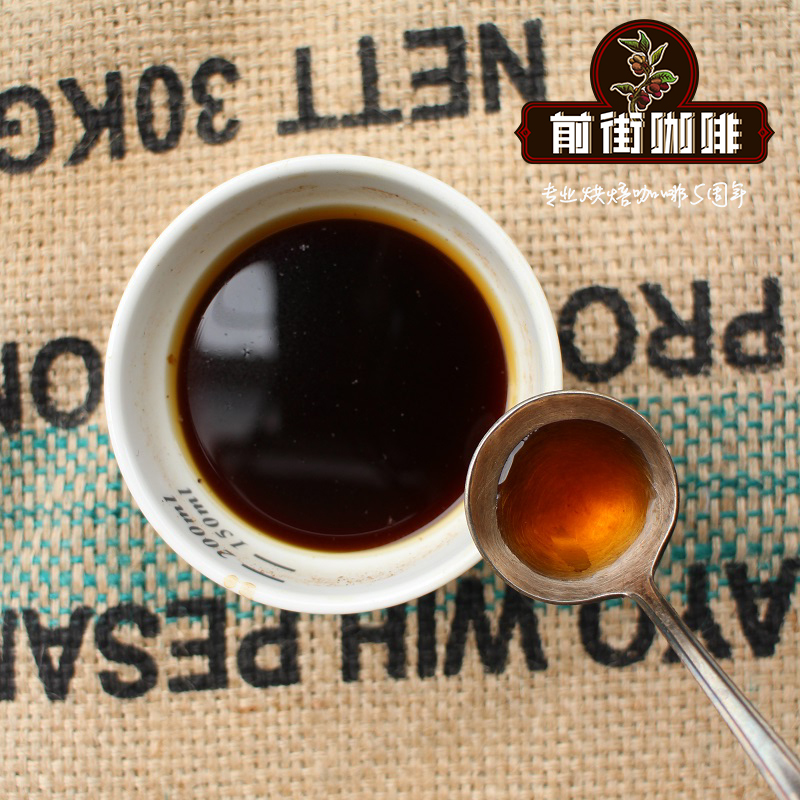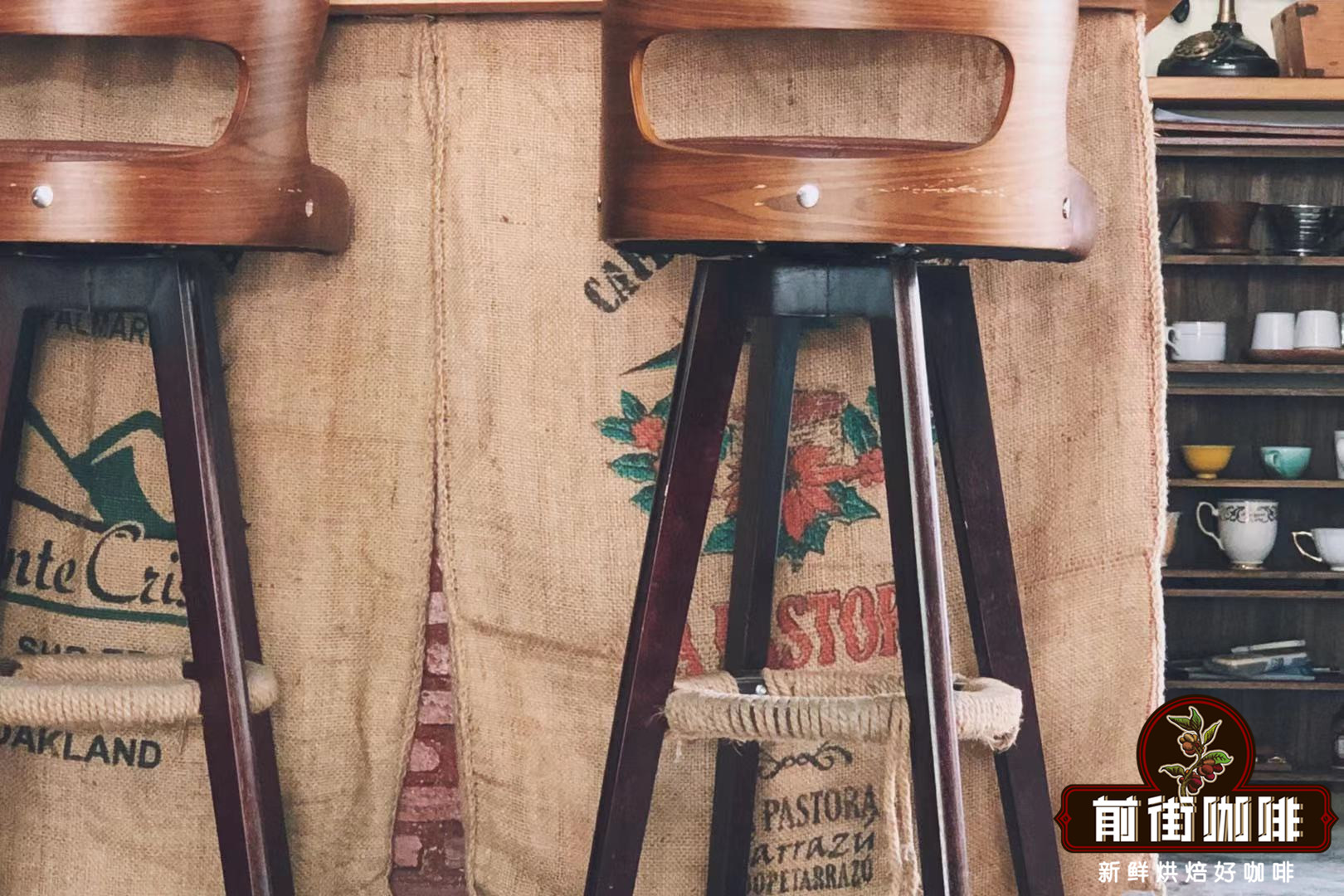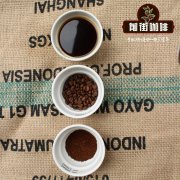West Java coffee bean honey treatment what is honey treatment honey treatment difference

Professional coffee knowledge exchange more coffee bean information please follow the coffee workshop (Wechat official account cafe_style)
Arumanis honey from Indonesia treats West Java (S795)
Variety source: S795 = S288 / Kent ((S288 (S26) x Typica) / Arabica x Liberica))
Collect and screen the ripe fruit by hand, peel the fruit and retain the pulp, place it in the greenhouse for 21 days, flip every 30 minutes to achieve a uniform sun, wash and screen the defective beans by hand, and let the coffee beans sit for 15 days before packing.
Honey treatment, called HoneyProcess or MielProcess, is the method of peeling off the pulp and drying the fruit with endocarp. Coffee gardens in Costa Rica (CostaRica), Panama (Panama) and Guatemala (Guatemala) all use this method.
There are three ways to process coffee: sun drying (natural drying), washing and honey treatment. Sun treatment, as its name suggests, is a method of drying coffee beans naturally after harvest; washing is a method of peeling off the pulp and removing the gel from the surface by fermentation; and honey treatment is a compromise between the two methods. many people will think that this is a process of processing with honey after hearing the name of honey treatment, or the coffee will have a honey flavor after processing, but it is not. Because in the process of drying, the water of the gel on the surface of the core will evaporate, so it becomes as sticky as honey, hence the name.
What is the difference between "yellow honey", "red honey" and "black honey"?
The three are distinguished according to the time of sun exposure and the amount of pectin, and the amount of pectin and endocarp determines the time of sun exposure. "Yellow honey" is with 25% endocarp, 50% "red honey" and 100% "black honey". Therefore, from "yellow honey" to "black honey", the drying time is longer and the management requirements are more stringent.
If you have to pick out the advantages and disadvantages of the three, the best taste is "black honey", because the endocarp is the most abundant and the taste is richer and stronger. So why produce "yellow honey" and "red honey"? Coffee farmers also need to consider from a commercial point of view, that is to say, producing "black honey" requires twice as many other kinds of drying beds and requires more time, manpower and energy; and not all buyers have the financial ability to buy "black honey", so the production of "yellow honey" and "red honey" can be said to be a choice for the coffee production environment.
Important Notice :
前街咖啡 FrontStreet Coffee has moved to new addredd:
FrontStreet Coffee Address: 315,Donghua East Road,GuangZhou
Tel:020 38364473
- Prev

The difference between Mantenin and Yejia Xuefei introduction to the flavor characteristics of golden Mantenin coffee beans
Professional coffee knowledge exchange more coffee bean information please pay attention to the coffee workshop (Wechat official account cafe_style) Mandarin coffee Sumatra is the main producing area of Indonesian boutique beans, the coffee system is very complex, simplified into four types: Mantenin, Golden Mantenin, Lake Tawa Coffee, Old Manning and Java Old
- Next

Hawaiian boutique coffee beans kona Kona Coffee Price how good to drink
Professional coffee knowledge exchange more coffee bean information please follow coffee workshop (Wechat official account cafe_style) Kona coffee is not native to the island, the earliest records can be traced back to 1813, the Spaniards planted the first coffee tree, but the real boom was in the 19th century, the bloodline inherited from the world's three major coffee Arabica, she is not as strong as espresso
Related
- Detailed explanation of Jadeite planting Land in Panamanian Jadeite Manor introduction to the grading system of Jadeite competitive bidding, Red bid, Green bid and Rose Summer
- Story of Coffee planting in Brenka region of Costa Rica Stonehenge Manor anaerobic heavy honey treatment of flavor mouth
- What's on the barrel of Blue Mountain Coffee beans?
- Can American coffee also pull flowers? How to use hot American style to pull out a good-looking pattern?
- Can you make a cold extract with coffee beans? What is the right proportion for cold-extracted coffee formula?
- Indonesian PWN Gold Mandrine Coffee Origin Features Flavor How to Chong? Mandolin coffee is American.
- A brief introduction to the flavor characteristics of Brazilian yellow bourbon coffee beans
- What is the effect of different water quality on the flavor of cold-extracted coffee? What kind of water is best for brewing coffee?
- Why do you think of Rose Summer whenever you mention Panamanian coffee?
- Introduction to the characteristics of authentic blue mountain coffee bean producing areas? What is the CIB Coffee Authority in Jamaica?

